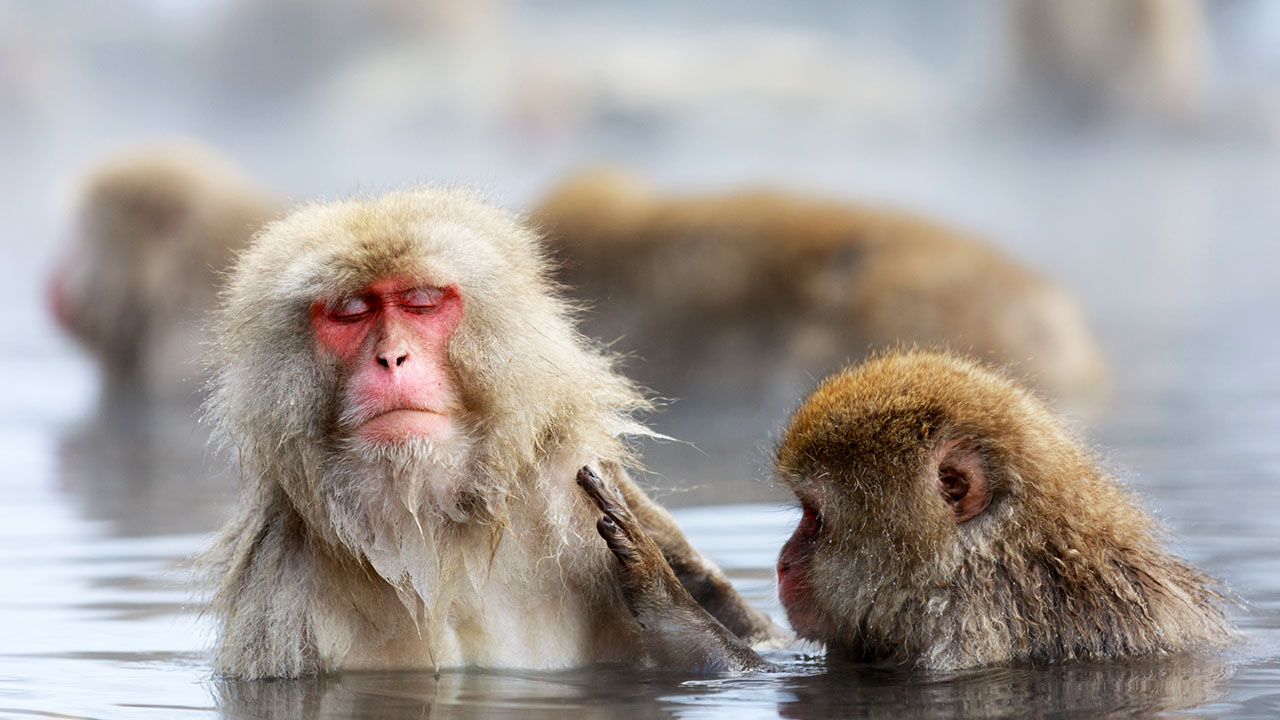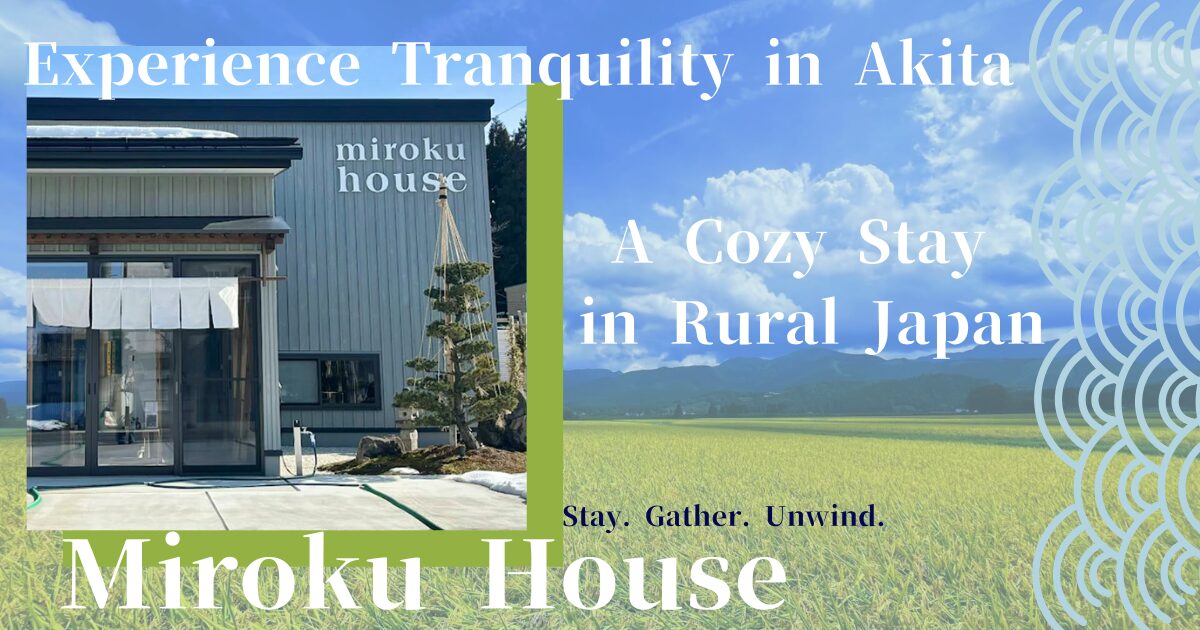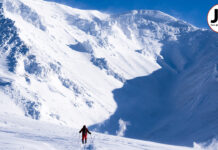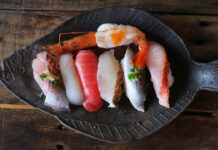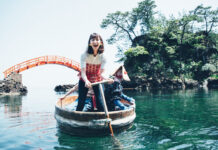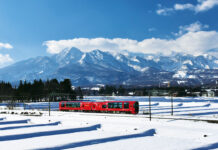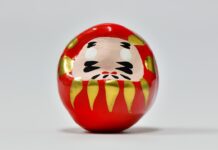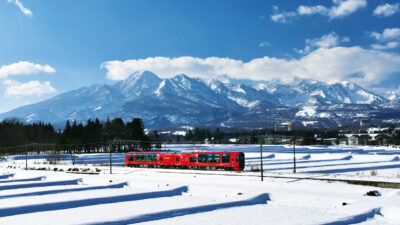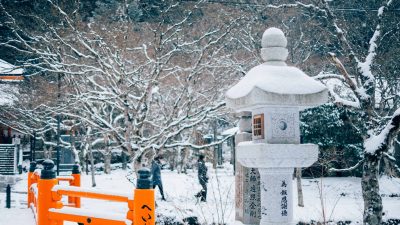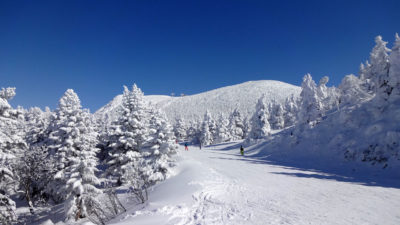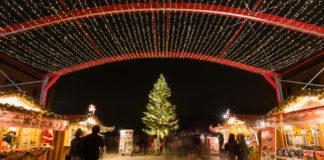Japanese winter can be bleak if you’re not prepared. From simple pleasures like a steaming bowl of oden from a convenience store to weekend excursions admiring snow-capped views from an onsen, there are numerous ways to make the most of your winter experience in Japan. In this article, we list 10 things you can do to make your Japanese winter more enjoyable.
Japanese winter activity 1: Explore remote areas of Japan
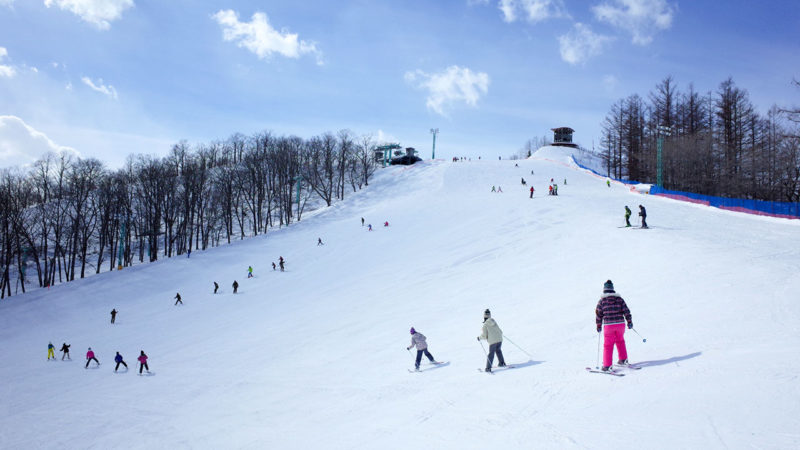
While Tokyo has its merits, if you’re in Japan during the winter season, there are other prefectures worth visiting. Hokkaido and Nagano come to mind for their unparalleled skiing and snowboarding resorts, many situated at the foot of mountains.
Niseko is a popular resort just two hours by car from Sapporo, Hokkaido’s capital. It’s known for its powder snow which falls in abundance during the winter season. Moreover, the majestic Mount Yotei and rugged backdrop treats visitors to a spectacular winterscape. As a bonus, Hokkaido is also a paradise for seafood lovers. In fact, the region has some of the best snow crab around!
In Nagano, Hakuba attracts outdoor enthusiasts with its skiing and snowboarding courses. In addition, there are also snowshoe trails for those wishing to spend a day walking through picturesque Japanese winter forests. This mountainous region is known as the Northern Alps of Nagano Prefecture, so you know you can expect some unforgettable views above the treeline.
Japanese winter activity 2: View Japanese winter illuminations
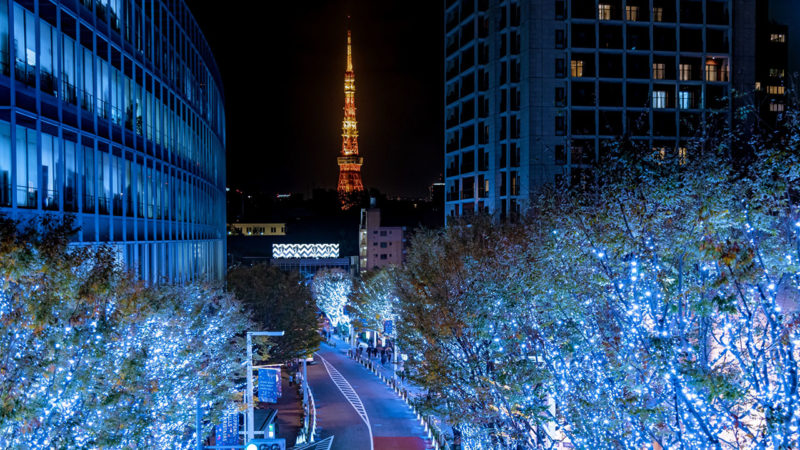
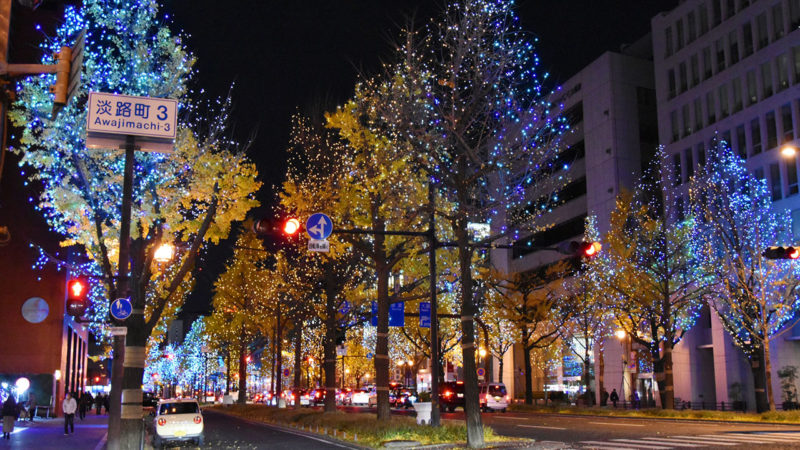
Japan is known as a country of advanced technology. Foreigners may have an impression of it as a neon Alice in Wonderland, replete with skyscrapers and Hello Kitty fashion. Never is that truer with winter illuminations. Many cities have illuminations colouring their streets during the winter season. The most famous are the Sagamiko Illumillion in Kanagawa and the Midosuji Illumination in Osaka. The former spans the whole winter season, roughly from November to April, and utilises around six million LED lights. Midosuji Illumination in Osaka is perfect for a night stroll as its illuminations line the whole three kilometres of central Osako’s Midosuji street.
Japanese winter activity 3: Attend a winter festival
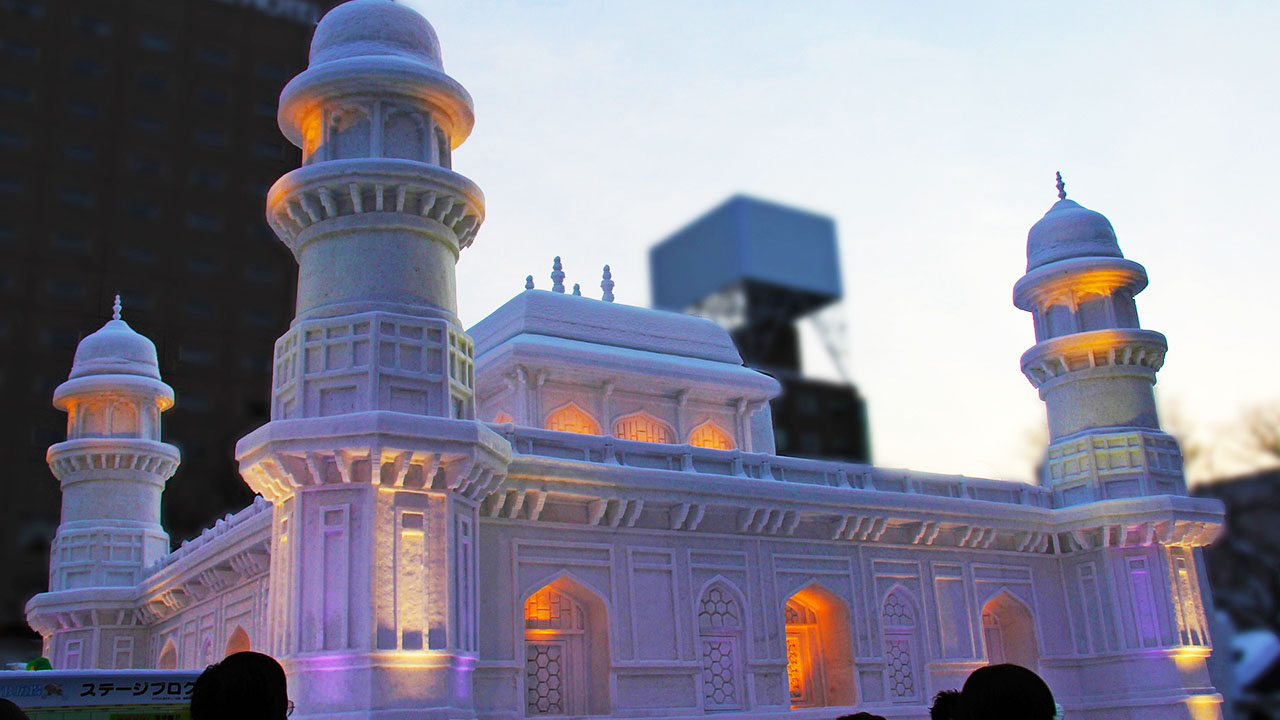 While many associate festivals with the summer, there are notable Japanese festivals during the winter. The most popular is Sapporo’s Snow Festival. It’s one of Japan’s most beloved winter events and lasts over a week in February. The festival began in 1950 after six high school students built snow statues in Odori Park. Since then, it has developed into a major event where over 400 snow statues are displayed. Additionally, live music performances and stalls selling regional delicacies delight visitors.
While many associate festivals with the summer, there are notable Japanese festivals during the winter. The most popular is Sapporo’s Snow Festival. It’s one of Japan’s most beloved winter events and lasts over a week in February. The festival began in 1950 after six high school students built snow statues in Odori Park. Since then, it has developed into a major event where over 400 snow statues are displayed. Additionally, live music performances and stalls selling regional delicacies delight visitors.
Japanese winter activity 4: Try some convenient winter treats
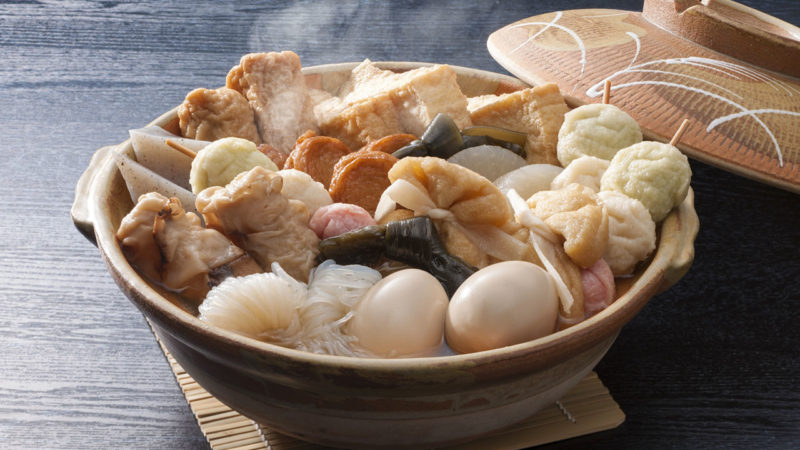
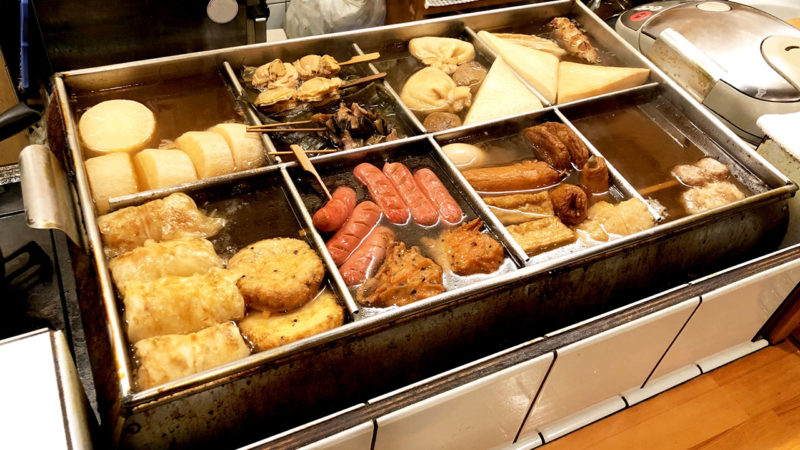
Japanese winters can be characterized by a biting cold that leaves you wanting comfort food. The convenience store is the perfect way to get a fix of such food and oden stands tall above the rest. Oden is a Japanese hot pot dish consisting of ingredients like boiled eggs, daikon, deep fried tofu, fish cakes, fish balls, konnyaku, and vegetables in a soy sauce based broth. They are popular in the winter to combat the cold and convenience store oden is a cheap, accessible, and delicious version of the dish. Over ten ingredient options allow for customization to meet individual taste.
Japanese winter activity 5: Feast on delicious winter cuisine
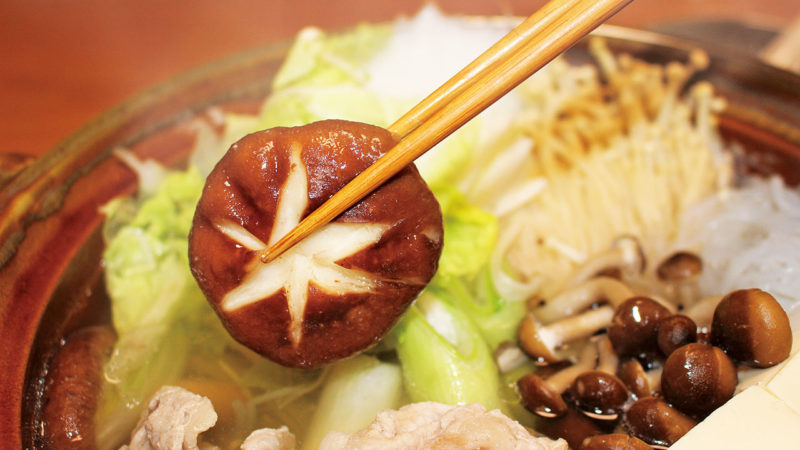

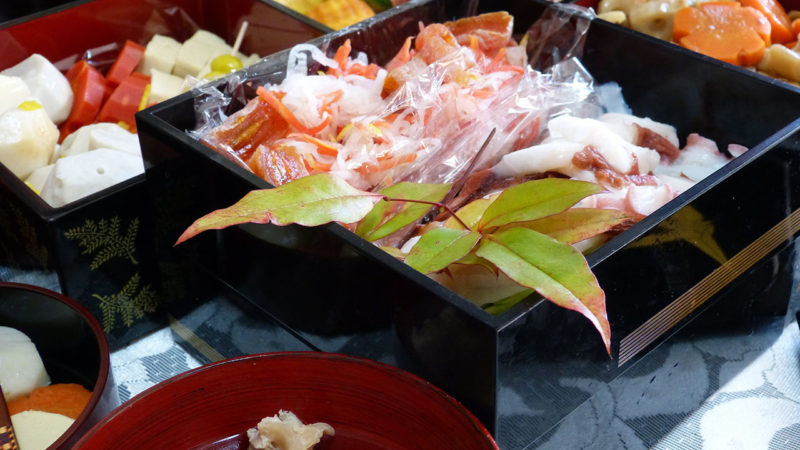
Oden from the convenience store is delicious, but there are other dishes popular during a Japanese winter. Hearty hot pot meals like nabe are loved both at home and at restaurants. There are several derivations to the nabe. Chanko nabe is a protein packed hot pot enjoyed by sumo wrestlers while shabu shabu is a hot pot named after the swishing sound of meat as you cook it yourself. Those welcoming the new year in Japan also have the option of osechi-ryori. These are a collection of small dishes presented in bento boxes and they are traditionally eaten over the course of the first few days in a new year.
Japanese winter activity 6: Rest your mind and body in a Japanese hot spring
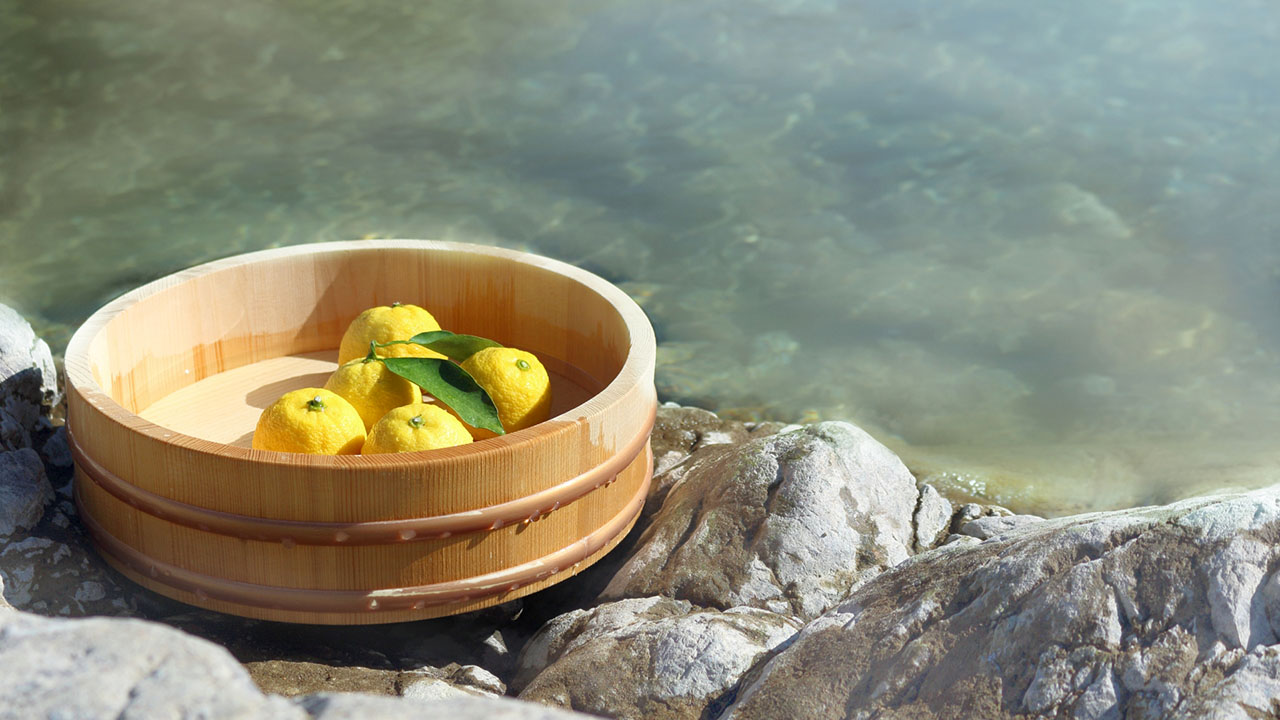 While many associate festivals with the summer, there are notable Japanese festivals during the winter. The most popular is Sapporo’s Snow Festival. It’s one of Japan’s most beloved winter events and lasts over a week in February. The festival began in 1950 after six high school students built snow statues in Odori Park. Since then, it has developed into a major event where over 400 snow statues are displayed. Additionally, live music performances and stalls selling regional delicacies delight visitors.
While many associate festivals with the summer, there are notable Japanese festivals during the winter. The most popular is Sapporo’s Snow Festival. It’s one of Japan’s most beloved winter events and lasts over a week in February. The festival began in 1950 after six high school students built snow statues in Odori Park. Since then, it has developed into a major event where over 400 snow statues are displayed. Additionally, live music performances and stalls selling regional delicacies delight visitors.
Japanese winter activity 7: Welcome the new year.
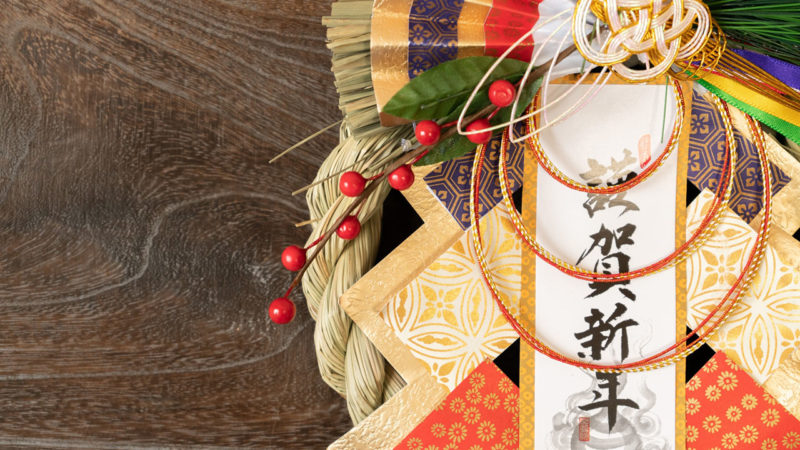
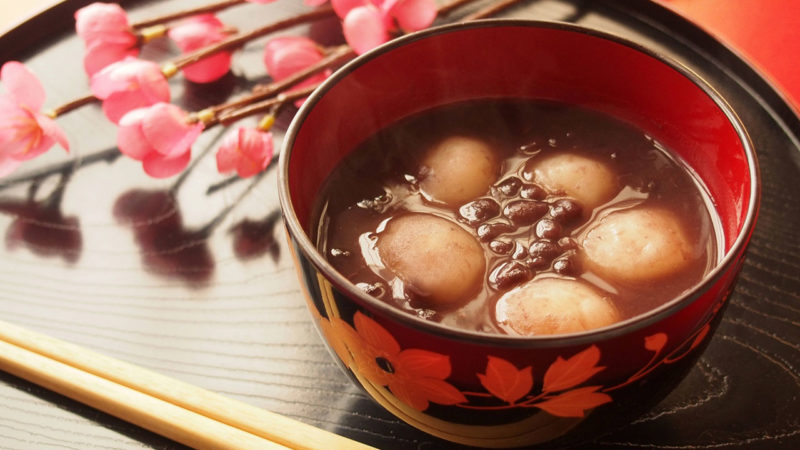
Japanese winters can be characterized by a biting cold that leaves you wanting comfort food. The convenience store is the perfect way to get a fix of such food and oden stands tall above the rest. Oden is a Japanese hot pot dish consisting of ingredients like boiled eggs, daikon, deep fried tofu, fish cakes, fish balls, konnyaku, and vegetables in a soy sauce based broth. They are popular in the winter to combat the cold and convenience store oden is a cheap, accessible, and delicious version of the dish. Over ten ingredient options allow for customization to meet individual taste.
Japanese winter activity 8: Laze with your legs under a kotatsu.
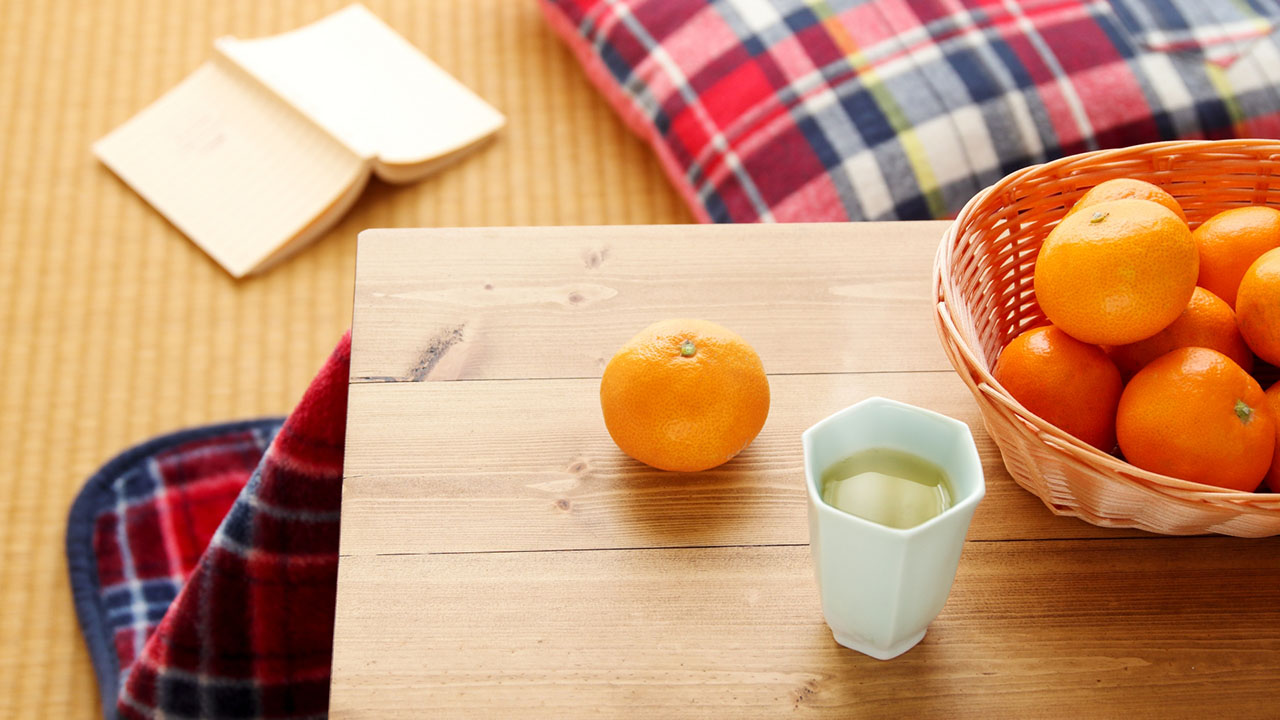 While many associate festivals with the summer, there are notable Japanese festivals during the winter. The most popular is Sapporo’s Snow Festival. It’s one of Japan’s most beloved winter events and lasts over a week in February. The festival began in 1950 after six high school students built snow statues in Odori Park. Since then, it has developed into a major event where over 400 snow statues are displayed. Additionally, live music performances and stalls selling regional delicacies delight visitors.
While many associate festivals with the summer, there are notable Japanese festivals during the winter. The most popular is Sapporo’s Snow Festival. It’s one of Japan’s most beloved winter events and lasts over a week in February. The festival began in 1950 after six high school students built snow statues in Odori Park. Since then, it has developed into a major event where over 400 snow statues are displayed. Additionally, live music performances and stalls selling regional delicacies delight visitors.
Japanese winter activity 9: Take in Mt. Fuji as it only is in the winter
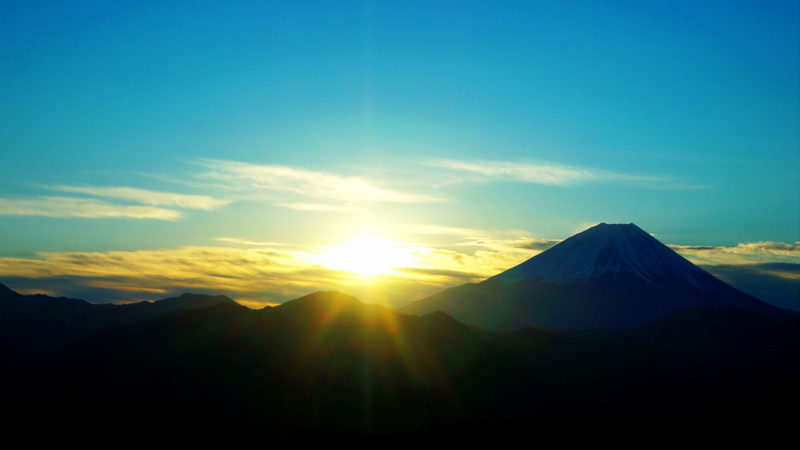
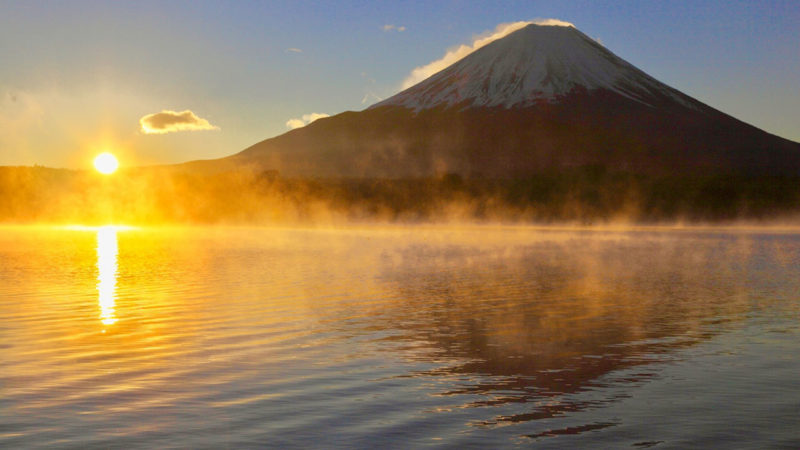
No natural landscape defines Japan more than Mt. Fuji and there is no better time to see it than during the winter. The reason is because during this season the iconic white snow at the top is most pronounced. Archetypical photographs of Mt. Fuji present it with white at the top, showcasing a distinct contrast between when earth ends and snow begins. If you want to see this first-hand, it is most striking during the winter.
Japanese winter activity 10: Appreciate Japanese wildlife
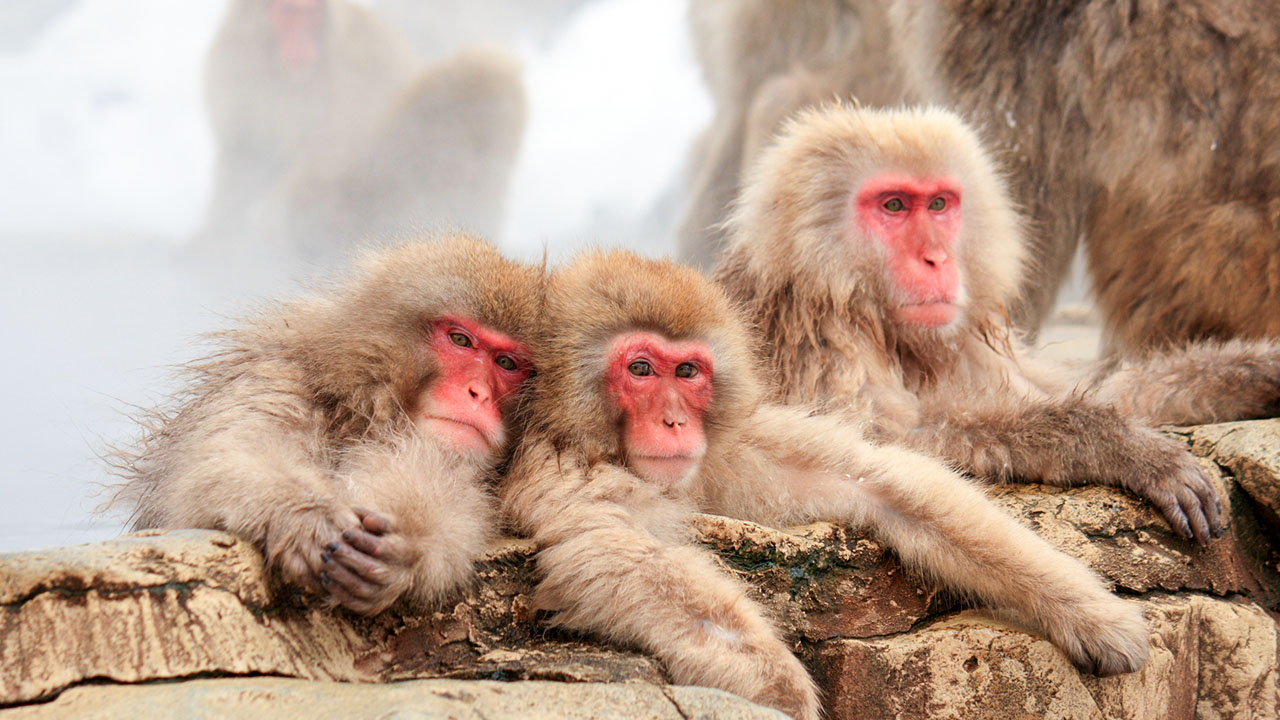 If you’re still unsure of how to enjoy a Japanese winter, take a cue from animals who know best. The Jigokudani Snow Monkey Park is the only place in the world where monkeys bathe in hot springs. It’s in the northern part of Nagano. In ancient times, the area was known as Hell Valley for its steep cliffs and natural springs emanating steam. While it’s uninhabitable to humans, to snow monkeys the area is a paradise. Visitors can spend an afternoon watching the monkeys bathe and relax amidst the winter scenery, and hopefully feel relaxed themselves.
If you’re still unsure of how to enjoy a Japanese winter, take a cue from animals who know best. The Jigokudani Snow Monkey Park is the only place in the world where monkeys bathe in hot springs. It’s in the northern part of Nagano. In ancient times, the area was known as Hell Valley for its steep cliffs and natural springs emanating steam. While it’s uninhabitable to humans, to snow monkeys the area is a paradise. Visitors can spend an afternoon watching the monkeys bathe and relax amidst the winter scenery, and hopefully feel relaxed themselves.

Liam Langan
My name is Liam Langan. I’m English Japanese and currently living in Tokyo. Being from Liverpool and Tokyo, my favorite band is The Beatles. In my spare time I like to read, write, and cook.
*Disclaimer:
This article was written by an outside writer, and WAttention is not responsible for any damage caused by the information on this page. Please be aware that the accuracy of the information posted in this article is not guarantied, and the content may be changed without notice.
 0
0

